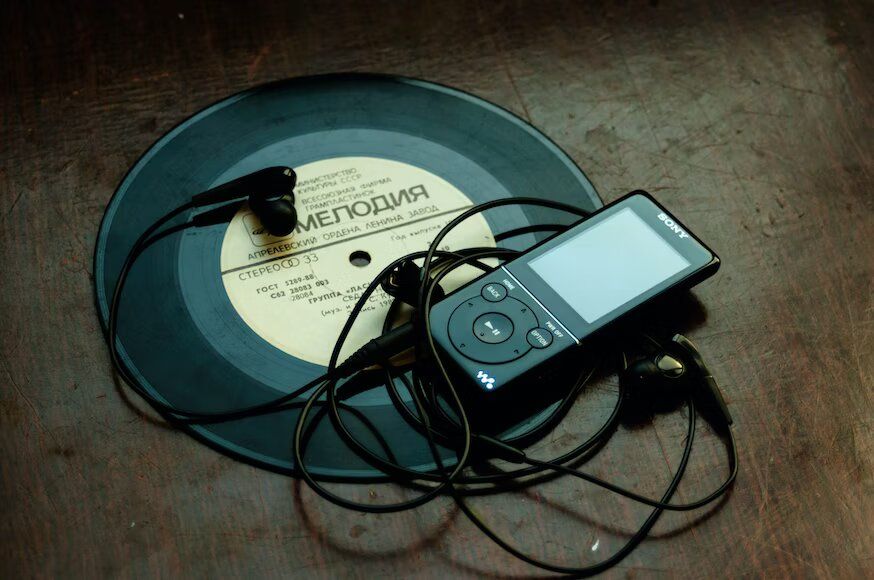How to Transcribe Audio on Zoom Video Recording to Text with Happy Scribe ?

Happy Scribe is an automated transcription software that helps transcribe quickly using automatic speech recognition engines. The applications of Happy Scribe can range from the transcription of a Zoom meeting to captioning online content, and Happy Scribe is the perfect tool to leverage the power of transcription.
As an effective tool, Happy Scribe is awesome for its new users. You get to transcribe whatever you want for the first ten minutes for free! You may transcribe your Zoom meetings following the steps below and play around with different tools for ten minutes before you are asked to pay for either a subscription for a month, which would cost $9 per hour, or you can decide to pay for extra minutes of usage, which would cost $12 per hour. As you have seen, it has great subscription plans, so it is quite easy to use.

How is Happy Scribe Useful for Zoom Recording?
It is used to transcribe Zoom recordings from the video into texts. How is that done? There are some steps you have to follow to get your recording transcribed.
1. Once you log into your Zoom account, you can start recording the Zoom meeting once it has begun.
2. End the call and make sure you have saved the Zoom cloud recording. Your video and audio recordings will automatically be saved to My Documents or Google Drive.
3. Log in or sign up for your Happy Scribe account from Google.
4. Select your Zoom recording file by clicking on the "Upload a file" instruction and upload the audio or video recording you could record during the Zoom live chat.
5. Click on the language that was used during the Zoom meeting.
6. Hit the "transcribe" button and wait a few minutes as Happy Scribe transcribes your Zoom recording.
7. Once it is done, your transcripts will be ready.
8. Make sure you proofread before exporting your transcripts.
Why transcribe your audio recording using Happy Scribe?
Transcribe research interviews:
You would want to document your interviews and meetings when conducting qualitative research. Transcribing all your recordings is the best way to make your work more accessible. Zoom audio transcripts will also enable you to create searchable text documents, speeding up the process of navigating all the data. Happy Scribe's services for academic research are fast, precise, and affordable.
Add subtitles to a video:
When manually adding subtitles to a video, you need to write the audio's speech into a text file and mesh it with the video. Using an audio-to-text converter will do the trick of creating subtitles with ease. However, Happy Scribe has a dedicated tool to automatically generate subtitles from a video file using the subtitle generator. This tool lets video editors and content creators quickly add subtitles to their videos. No more manually transcribed audio files.
Create captions:
Another use case for Happy Scribe when transcribing your audio files is creating captions from the speech in a video. Captions are useful to make a video more accessible to everyone. If you are a video editor, having to transcribe every speech manually might just be exhausting, and in this case, Happy Scribe comes in handy. The automatic transcription software will generate captions out of the speech in your video while you relax and wait for the work to be done.
Transcribe the audio from class lectures:
For students trying to record their lessons during Zoom meetings at school, Happy Scribe, which helps with audio transcription, is the perfect tool. Transcribing academic lectures is the perfect way to review your class notes and prepare for upcoming tests or exams. The most interesting part is that Happy Scribe offers 25% discounts for students seeking to transcribe audio files.
Another amazing thing about Happy Scribe is that it converts your VVT file to Word. VTT files are text files saved in the Video Text Tracks format, also commonly known as WebVTT. How do you get this done?
1. Upload the VTT (.vtt) file you want to convert.
2. Choose the subtitle file that you want to convert to Word.
3. Select "Microsoft Word (.docx)" to convert.
4. Click on "Convert to Word," and your video will be uploaded to our server to convert.
5. Download your Word file.
6. It will take some minutes for your Word file to be ready.
With the amazing transcription that Happy Scribe can do for you, you will be able to get maximum satisfaction from using it.

André Bastié
Hello! I'm André Bastié, the passionate CEO of HappyScribe, a leading transcription service provider that has revolutionized the way people access and interact with audio and video content. My commitment to developing innovative technology and user-friendly solutions has made HappyScribe a trusted partner for transcription and subtitling needs.
With extensive experience in the field, I've dedicated myself to creating a platform that is accurate, efficient, and accessible for a wide range of users. By incorporating artificial intelligence and natural language processing, I've developed a platform that delivers exceptional transcription accuracy while remaining cost-effective and time-efficient.